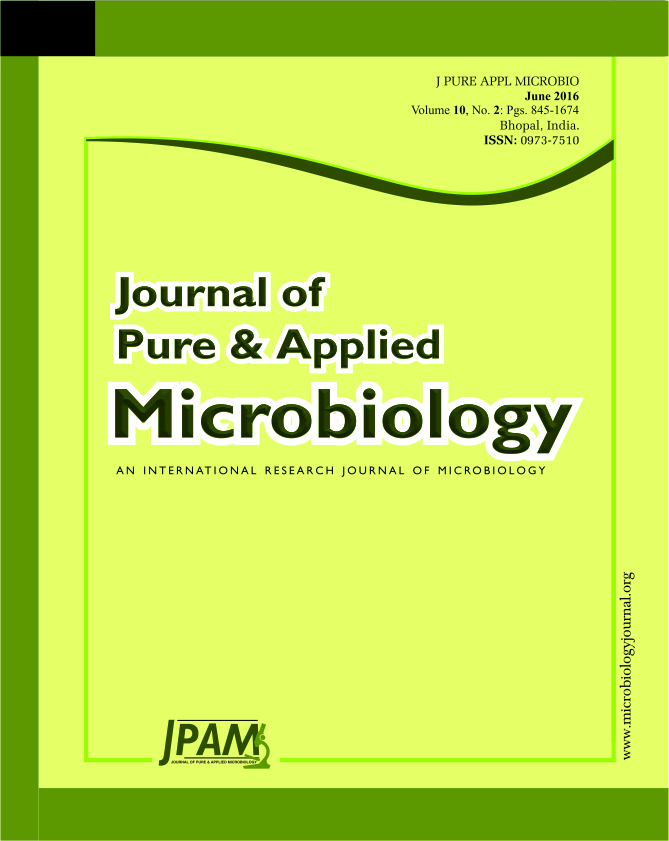In glasshouse experiments, different concentrations of Trichoderma harzianum (Th. Azad) was evaluated for biological control of fungal wilt of tomato caused by fusarium. The aim of this research article was to evaluate the bioefficacy of the Trichoderma (Th.azad) species to promote the growth and yield parameters of tomato genotype (Azad T-6) and to manage Fusarium wilt disease under in vitro conditions. Trichoderma was proved as an effective and potential biocontrol agent against Fusarium infecting tomato. During an in vitro biocontrol test, Trichoderma showed mycoparasitism and destructive control against the tested fungal pathogen. The virulent Pathogen Fusarium significantly influences the germination of tomato. The root system of the tomato plant was poorly developed due to the infection. During pot assay along with biocontrol activity, Trichoderma showed growth promoting action on the tomato plant. Trichoderma enhanced growth of shoot and root systems and fruit yield after 4 month of growth. Trichoderma harzianum (Th. Azad) showed the least disease incidence (by 15.45%) compared to control (by 25.50%). Tomato plants treated with Trichoderma harzianum (Th. Azad) also showed a significant stimulatory effect on plant height, Root length, shoot length , fruits and the dry weight of tomato plants in comparison to other concentrations of Trichoderma and untreated control.
Trichoderma harzianum, Mycoparasite, Fusarium, Tomato, Glasshouse conditions.
© The Author(s) 2016. Open Access. This article is distributed under the terms of the Creative Commons Attribution 4.0 International License which permits unrestricted use, sharing, distribution, and reproduction in any medium, provided you give appropriate credit to the original author(s) and the source, provide a link to the Creative Commons license, and indicate if changes were made.


